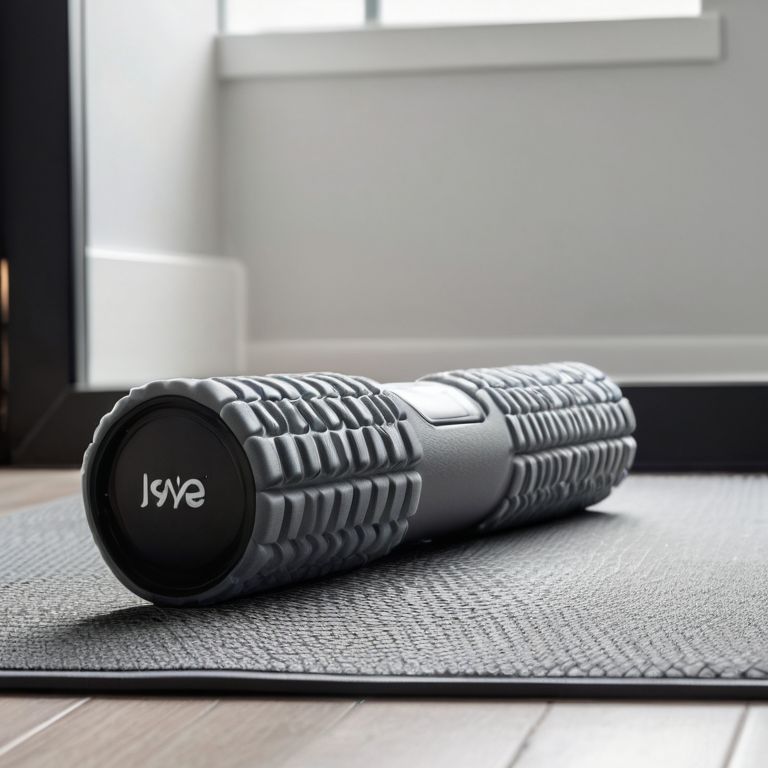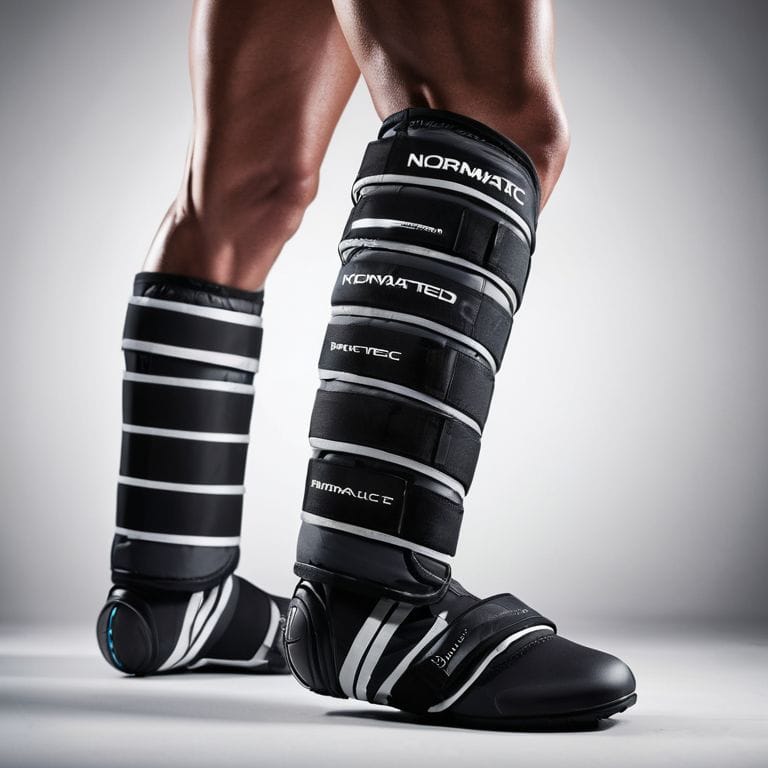I still remember my first marathon, where I thought I was pushing myself to the limit, but in reality, I was just scratching the surface of my potential. It wasn’t until I learned how to use heart rate zones for training that I saw a significant boost in my performance. The common myth that you need to be a professional athlete to benefit from heart rate zone training is simply not true. With the right approach, anyone can use this powerful tool to take their workouts to the next level. I’ve seen it firsthand, from my own experience as a competitive cyclist to my work as a personal trainer, where I’ve helped numerous clients achieve their fitness goals using this very technique.
In this article, I’ll share my expertise on practical strategies for implementing heart rate zone training into your routine. You’ll learn how to identify your unique heart rate zones, create personalized workout plans, and track your progress using data-driven insights. My goal is to provide you with actionable advice that you can apply immediately, without any fluff or jargon. By the end of this guide, you’ll be equipped with the knowledge and confidence to supercharge your workouts and achieve your fitness goals faster. Whether you’re a seasoned athlete or just starting out, I’m excited to share my passion for heart rate zone training with you and help you unlock your full potential.
Table of Contents
Guide Overview: What You'll Need

Total Time: 1 hour to several hours
Estimated Cost: $0 – $100
Difficulty Level: Intermediate
Tools Required
- Heart Rate Monitor (chest strap or wrist-based)
- Smartphone or Computer (with internet access)
- Stopwatch or Timer (optional)
Supplies & Materials
- Comfortable Clothing (for exercise)
- Water and Snacks (for hydration and energy during workouts)
Step-by-Step Instructions
- 1. First, let’s determine your maximum heart rate, which is crucial for calculating your heart rate zones. You can use the traditional formula of 220 minus your age, but I’ve found that this method isn’t always accurate. Instead, I recommend doing a max heart rate test under the supervision of a medical professional or a certified personal trainer.
- 2. Next, you need to calculate your heart rate zones, which are typically divided into five zones. Zone 1 is 50-60% of your maximum heart rate, Zone 2 is 60-70%, Zone 3 is 70-80%, Zone 4 is 80-90%, and Zone 5 is 90-100%. I like to use a heart rate zone calculator to make sure my numbers are accurate, but you can also do the math yourself if you’re feeling adventurous.
- 3. Now that you have your heart rate zones, it’s time to create a training plan that incorporates each zone. For example, you might do low-intensity cardio in Zone 1 or 2 for warm-ups and cool-downs, while high-intensity interval training (HIIT) would be done in Zone 4 or 5. I like to mix it up and include a variety of workouts to keep things interesting and challenging.
- 4. To get the most out of heart rate zone training, you’ll need to invest in a good heart rate monitor. I’ve tested a lot of different models, and I can tell you that not all of them are created equal. Look for a monitor that is accurate and reliable, and that provides real-time feedback so you can adjust your intensity on the fly.
- 5. Once you have your training plan and heart rate monitor in place, it’s time to start tracking your progress. I like to use a combination of data analysis and good old-fashioned intuition to see how my body is responding to the workout. If I’m feeling fatigued or struggling to reach my target heart rate, I know it’s time to make some adjustments to my plan.
- 6. Another key part of heart rate zone training is listening to your body and taking rest days as needed. It’s easy to get caught up in the excitement of tracking your progress and pushing yourself to new heights, but overtraining can be a real risk. I like to schedule rest days into my plan and use that time to focus on active recovery, whether that means foam rolling, stretching, or just taking a leisurely walk.
- 7. Finally, don’t be afraid to mix things up and try new workouts as you get more comfortable with heart rate zone training. I’ve found that variety is the spice of life when it comes to staying motivated and avoiding plateaus. Whether you’re trying a new type of exercise or just switching up your routine, the key is to keep things fresh and exciting so you can stay engaged and motivated.
Unlock Heart Rate Zones

To take your training to the next level, it’s essential to understand your target heart rate for fat loss. This zone is typically between 50-60% of your maximum heart rate, where your body burns fat for fuel. By training in this zone, you can increase your endurance and boost your metabolism. I’ve seen significant improvements in my own training by incorporating _high intensity interval training benefits_ into my routine.
When it comes to aerobic exercise for beginners, it’s crucial to start slow and gradually increase your intensity. Anaerobic threshold training tips can help you push past your limits and achieve new personal bests. By monitoring your heart rate with a reliable heart rate monitoring device, you can track your progress and make adjustments to your workout routine.
To get the most out of your training, consider creating _customizable heart rate zone workouts_ tailored to your specific fitness goals. This approach allows you to focus on specific heart rate zones and intensity levels, helping you achieve optimal results. By incorporating these strategies into your training, you’ll be well on your way to unlocking your full potential and achieving a stronger, healthier you.
Customizable Zone Workouts
To take your training to the next level, I recommend creating customizable zone workouts tailored to your specific goals. This is where the magic happens, and you can really start to see progress. By adjusting the intensity and duration of each zone, you can target specific energy systems and push yourself to new heights. For example, if you’re training for a marathon, you may want to focus on longer, slower zones to build endurance.
I like to use data from my own workouts to inform my zone settings. By tracking my heart rate and pace, I can identify areas where I need to improve and adjust my zones accordingly. This approach has been a game-changer for my own training, and I’ve seen similar results with my clients. By making zone workouts customizable, you can ensure that you’re always challenging yourself and making progress towards your goals.
Target Heart Rate for Fat Loss
To really tap into the fat-burning potential of heart rate zones, you need to understand your target heart rate for fat loss. For me, this is the sweet spot where I can feel the burn, but still push through for a great workout. Typically, this zone is between 50-60% of your maximum heart rate, where you’re working hard enough to burn calories, but not so hard that you’re burning out.
I’ve found that when I’m in this zone, I can sustain a good pace for longer periods, which is perfect for my marathon training. By targeting this zone, you can optimize your workouts for fat loss, and I’ve seen it make a huge difference in my own training – it’s a game-changer for anyone looking to shed a few pounds while improving their overall fitness.
5 Key Tips to Supercharge Your Workouts with Heart Rate Zones
- Start by determining your maximum heart rate to establish a baseline for your zone training, and don’t be afraid to experiment and adjust as needed
- Focus on spending at least 20 minutes in your target heart rate zone per workout to maximize calorie burn and cardiovascular benefits
- Incorporate high-intensity interval training (HIIT) into your routine, which involves short bursts of high-intensity exercise followed by brief periods of rest to keep your heart rate elevated and boost metabolism
- Use a heart rate monitor or smartwatch to track your progress and stay within your desired zone, and don’t forget to cool down and stretch after each workout to aid in recovery
- Mix up your workouts by incorporating different types of exercises, such as strength training, cardio, and flexibility exercises, to keep your heart rate varied and prevent plateaus, and remember to listen to your body and rest when needed to avoid burnout
Key Takeaways to Supercharge Your Workouts
Use heart rate zones to tailor your workouts and boost your progress, whether you’re a beginner or an experienced athlete
Target specific heart rate zones to achieve your goals, such as fat loss or endurance training, and track your progress with accurate data from your wearable device
Experiment with customizable zone workouts to keep your training fresh and prevent plateaus, and don’t forget to adjust your zones as your fitness level improves over time
Unlock Your Full Potential with Heart Rate Zone Training

In this guide, we’ve covered the essential steps to supercharge your workouts using heart rate zones. From understanding the basics of heart rate zones to creating customizable zone workouts, you now have the tools to take your training to the next level. Remember, the key to unlocking your full potential is to listen to your body and make data-driven decisions. By applying the principles outlined in this guide, you’ll be able to optimize your training, achieve your fitness goals, and maintain a healthy lifestyle. Whether you’re a seasoned athlete or just starting out, heart rate zone training can help you push past your limits and reach new heights.
As you embark on your heart rate zone training journey, keep in mind that consistency and patience are key. Don’t be discouraged if you don’t see immediate results – every small step counts, and the cumulative effect of your efforts will pay off in the long run. With persistence and dedication, you’ll be able to crush your goals and develop a deeper understanding of your body and its capabilities. So, lace up your shoes, strap on your wearable, and get ready to unlock a stronger, healthier you – the possibilities are endless, and the journey starts now.
Frequently Asked Questions
How do I determine my optimal heart rate zones for different types of workouts?
To determine your optimal heart rate zones, I recommend using a heart rate variability test or a lactate threshold test. You can also use online calculators or consult with a fitness professional to estimate your zones based on your age, fitness level, and goals. I personally use a combination of these methods to fine-tune my own zones for different workouts, from marathon training to HIIT sessions.
Can I use heart rate zones to improve my endurance for long-distance running?
Absolutely, heart rate zones can be a game-changer for long-distance running. By training in specific zones, you can boost your endurance and increase your lactate threshold. I’ve seen it work for my own marathon training, and I’d love to share some zone-based workouts that can help you go the distance.
Are there any specific heart rate zone training plans that are suitable for beginners or those who are new to interval training?
For beginners, I recommend starting with a basic interval plan that alternates between low-intensity zones 1-2 and moderate-intensity zone 3. This helps build endurance and gets you comfortable with interval training. Try a 20-minute workout with 4-6 intervals, and gradually increase duration and intensity as you progress – it’s a strategy that worked for me when I first started out!









